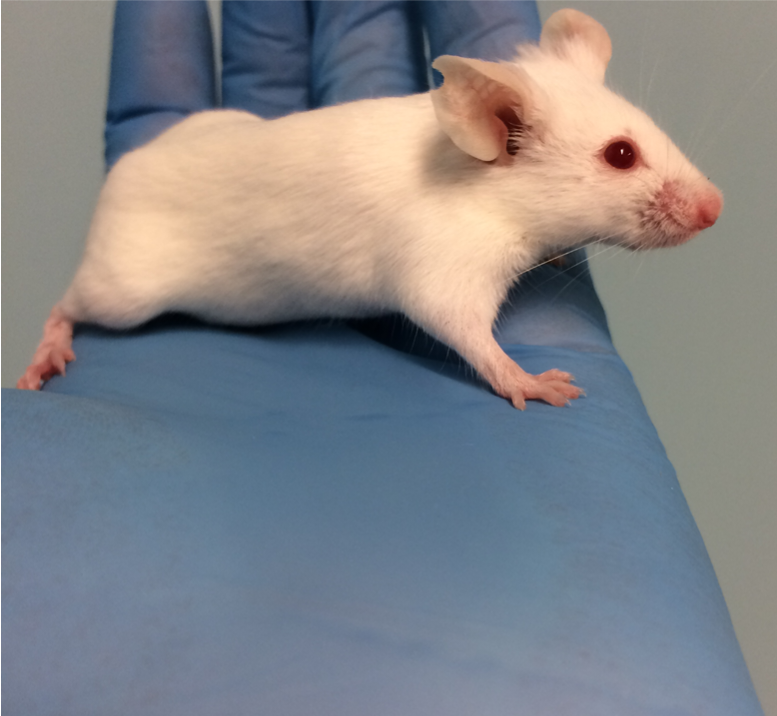Identical mice: which is the kindest way to mark them?
RVC research is helping improve care of laboratory mice. Lab mice usually appear identical, so the most common way to identification mark them is to cut small holes or notches in their ears. A less common alternative is to mark them using ink on the tail, as long as no ear tissue is needed to genetically identify the mice. Our recent research shows that ear-marking caused signs of pain in mice, and the mice avoided the handler for weeks afterwards. Local anaesthetic didn't help and possibly made it worse. Marking the mice with ink on the tail seemed the kinder alternative.
This video (https://www.youtube.com/watch?v=TNDoYk3duZs) shows a mouse in the tunnel after ear-marking with anaesthetic, with his brother who hadn't been marked. Even the brother is affected, showing increased grooming. The marked mouse grooms himself and his ears, and soon his brother comes over and sniffs and touches the marked ear.
The full publication can be found at: Burn, C.C., Mazlan, N.H.B., Chancellor, N., Wells, D.J. (2021) The pen is milder than the blade: identification marking mice using ink on the tail appears more humane than ear-punching even with local anaesthetic. Animals 11: 1664 https://doi.org/10.3390/ani11061664

